For a long time it was assumed that salts of aromatic acids, unlike those of aliphatic acids, did not enter into the Kolbe reaction.
Experiments on the electrolytic condensation of solutions
of salts of benzoic acid in water, sulphuric acid, and absolute methanol, and the electrolysis of fused benzoic acid were indeed unsuccessful. The
reaction products were, in general, benzene, free benzoic acid, oxygen, etc. The same was true of the electrolytic condensation of substituted benzoic
acids such as ο-nitrobenzoic, p-nitrobenzoic, p-toluic, opianic, salicylic, m-hydroxybenzoic, and p-hydroxybenzoic acids, 3,5-dimethyl-and
2,4-dimethylbenzoic acids, and ethyl phthalate.
In the 1930's Fichter et al. refuted the conclusion that aromatic acids do not undergo the Kolbe reaction...aromatic acids can be electrolysed
successfully by using a methanol-pyridine mixture as solvent.
Thus, benzoic, phenylacetic, /3-phenylpropionic, and phenoxyacetic acids yielded the corresponding diphenyl, dibenzyl (50% yield), 1,4-diphenylbutane
(37% yield), and
the diphenyl ester of ethylene glycol (45% yield). |



 .
.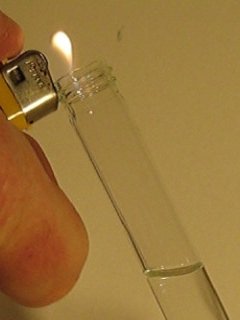
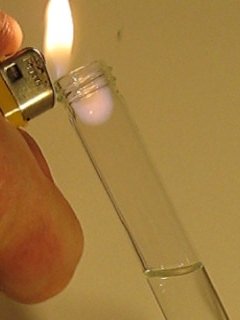
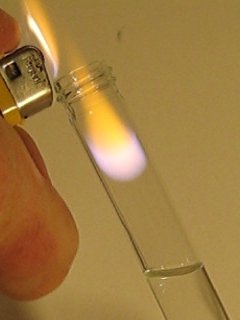
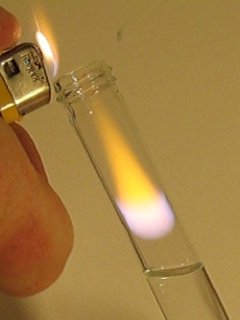
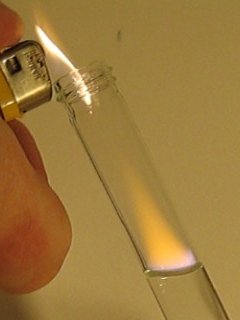
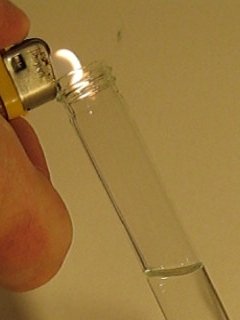
 . The article only briefly covers the electrolysis of
chloroacetic acid, it tells that chlorine is split off. I will have to think further about this and try to analyse the gas in more detail. One of the
things I intend to do is mixing the gas with dilute bromine vapor. If it is unsaturated, then the color of the bromine vapor will disappear at once.
. The article only briefly covers the electrolysis of
chloroacetic acid, it tells that chlorine is split off. I will have to think further about this and try to analyse the gas in more detail. One of the
things I intend to do is mixing the gas with dilute bromine vapor. If it is unsaturated, then the color of the bromine vapor will disappear at once. but it is not the case.
but it is not the case.  .
.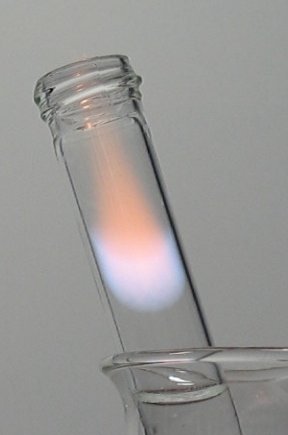
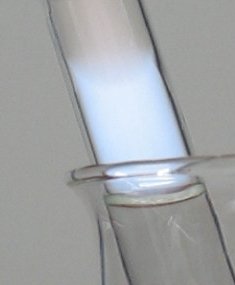
 !
!